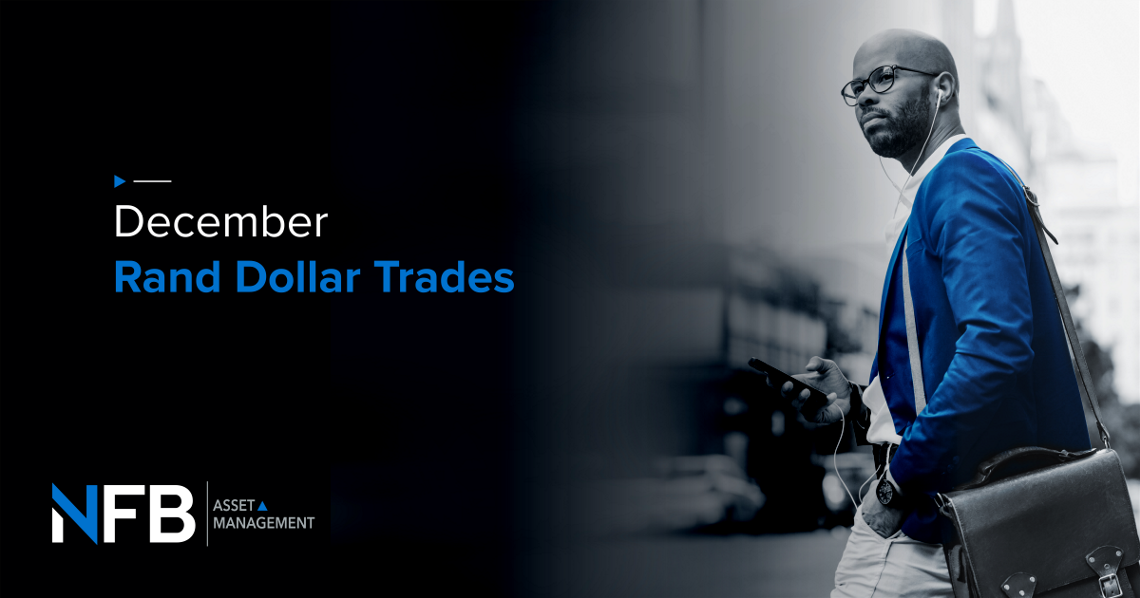Cost of Going off-Grid
So many South Africans are thinking about the possibility, or rather the feasibility, of going off-grid.


The big question everyone is asking is the financial viability of this decision; are we better off sitting in the dark (and now cold as winter arrives) for a few hours or is there a real benefit to hooking our houses up to an alternative energy source to avoid this?
We’re hearing so many conflicting stories about Eskom’s ability to keep our lights on so it’s not an easy decision to make, but you do need to know what it will cost, and how to finance the expenditure.
Firstly, it’s important to distinguish whether this expenditure is an investment or just another cost (indirect tax) to keeping your household – or business – from darkness. Secondly, you need to know in advance the extent to which you wish to be off-grid; do you just need to have some lights on and a few working plugs during load-shedding, or should your property continue to be fully functional?
If the latter is your primary concern, you can expect to pay anything between R4 000 for a portable, stand alone inverter that will run your TV, some lights and charge a device or two, through to R65 000 for a diesel generator providing a completely integrated system that powers automatically when the lights go off.
Besides the servicing of the generator, the running cost is dependent on the diesel price, which has already gone up again three time this year. This is not a viable solution for going off the grid as Eskom’s prices are still lower.
Most solutions are what we call “Grid-tied Systems” that remain connected to the municipal power supply, but your home or business is powered by a combination of electrical sources. In this way you use more efficient power systems such as integrated solar systems with battery storage units and solar geysers to reduce your consumption of municipal power.
A fully installed solution will range from R120 000 to R150 000 depending on your usage needs. Based on an investment return (or borrowing cost) of 8 percent and a monthly electrical consumption of R3 000, your break-even term is around three years. Your savings would therefore only be seen from the beginning of year four.
Other factors that will influence the payback time and return on your investment (ROI) include future Eskom price increases and the latest 14 percent increase in April is the first of many as the National Energy Regulator of South Africa (Nersa) has granted Eskom consecutive increase allowances amounting to 22.7 percent by 2022.
The higher the electricity price, the faster your payback.
However, you will have to replace your battery units about every 10 years and the current cost of a 2.4kWh lithium ion battery is in the region of R16 500, with a medium-sized house with four occupants typically needing two of these to run their solar system. Maintenance costs of solar panels will also have to be factored in to your calculations.
If you truly want to go off-grid your investment is substantially more. Current set-up costs are between R230 000 and R350 000 depending on the property’s power requirements. Based on the assumption of monthly electrical consumption of R5 000 and the 8 percent investment return your break-even term on the spend of R350 000 would be four years.
Once again, the future maintenance costs must be considered. Expenditure of this nature would certainly be an enhancement to the property value and could be recovered if you are to sell. The dangers of over-capitalising remain an investment factor.
How you fund a move off grid depends on your personal financial situation. If you have available funds, then clearly use the pool of money that pays you the lowest return, such as your money market account. It could be a rather expensive long term cost if you sold your best performing shares to fund this expenditure.
The alternatives would be to first build up the savings (if you can afford the delay) or to finance the expenditure either via a short term loan or an existing home loan. Keep in mind that the finance costs will extend the pay-back period on this outlay.













